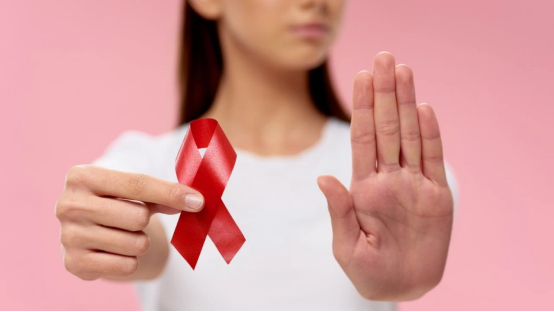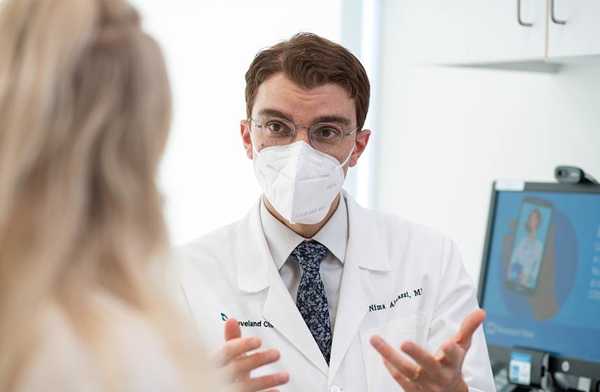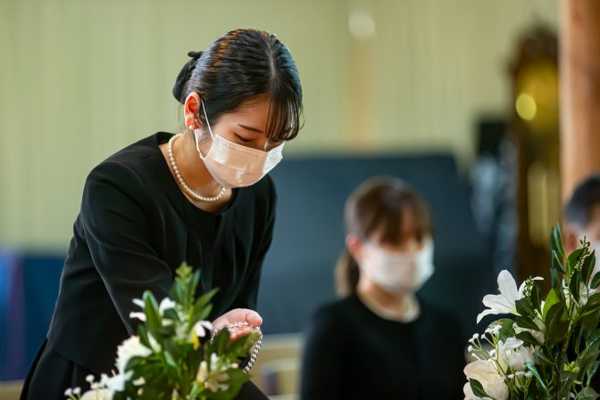【本気で結婚したい方へ】あなたにぴったりの結婚相談所を見つけよう!
Breast Cancer: Types, Symptoms, and the Importance of Early Detection
Breast cancer is one of the most common cancers affecting women worldwide. It occurs when abnormal cells in the breast grow uncontrollably, often forming a lump or mass. While early detection greatly improves survival rates, many cases are diagnosed at advanced stages due to a lack of noticeable symptoms in the early phases.
Breast cancer is one of the most common cancers affecting women worldwide. It occurs when abnormal cells in the breast grow uncontrollably, often forming a lump or mass. While early detection greatly improves survival rates, many cases are diagnosed at advanced stages due to a lack of noticeable symptoms in the early phases.
Understanding the types of breast cancer, warning signs, and screening methods can help individuals take proactive steps toward early diagnosis and treatment.

Types of Breast Cancer
Breast cancer is categorized based on where it starts, how it spreads, and its genetic characteristics. The most common types include:
1. Invasive Ductal Carcinoma (IDC)
This is the most common type of breast cancer, accounting for 80% of cases. It starts in the milk ducts and can spread to surrounding breast tissue and beyond.
2. Invasive Lobular Carcinoma (ILC)
ILC begins in the lobules (the glands that produce milk) and can spread to nearby tissues. Unlike IDC, ILC often does not form a lump, making it harder to detect through self-exams.
3. Inflammatory Breast Cancer (IBC)
A rare but aggressive type of breast cancer, IBC blocks lymphatic vessels, causing the breast to swell, become red, and feel warm. It does not usually form a lump, making it more difficult to diagnose early.
4. Metastatic Breast Cancer (Stage IV)
Also known as advanced breast cancer, this occurs when cancer spreads beyond the breast to distant organs, such as the lungs, liver, brain, or bones.
5. Recurrent Breast Cancer
In some cases, breast cancer returns after treatment, either in the same breast (local recurrence) or in a different part of the body (distant recurrence).
HER2-Positive Breast Cancer: What You Need to Know
HER2 (Human Epidermal Growth Factor Receptor 2) is a protein responsible for cell growth. In HER2-positive breast cancer, the HER2 gene mutates, leading to uncontrolled cell division and tumor growth.
While HER2-positive breast cancer tends to grow faster, targeted therapies, such as HER2 inhibitors, have significantly improved survival rates for this type of cancer.
Common Symptoms of Breast Cancer
Many cases of breast cancer do not show symptoms in the early stages, making regular screenings essential. However, recognizing the following warning signs can lead to early diagnosis and better treatment outcomes.
Breast Cancer Warning Signs:
✔ Lumps in the Breast or Underarm – A hard, painless lump that doesn’t disappear should be examined by a doctor.
✔ Breast Swelling or Changes in Size – One breast may appear larger or swollen without an obvious reason.
✔ Nipple Discharge – Unusual fluid leaking from the nipple, especially if it’s bloody or clear, may indicate a problem.
✔ Inverted Nipple – If a nipple that was once outward suddenly turns inward, this may be a symptom of an underlying condition.
✔ Red, Scaly, or Thickened Skin – Persistent rashes, flaking, or skin texture changes (peau d’orange) could be a sign of inflammatory breast cancer.
✔ Breast Pain or Tenderness – While breast cancer is usually painless, some cases cause ongoing discomfort.
✔ Skin Dimpling or Enlarged Pores – Skin that appears dimpled like an orange peel could indicate cancer blocking lymphatic vessels.
If you experience any of these symptoms, consult a healthcare provider as soon as possible. Not all breast changes indicate cancer, but early evaluation is crucial.
Why Early Detection is Critical
Detecting breast cancer before it spreads significantly increases the chances of successful treatment and survival. Regular screening tests help detect cancer before symptoms appear.
Breast Cancer Screening Methods:
✔ Self-Breast Exams – Perform monthly self-checks to feel for lumps or unusual changes.
✔ Clinical Breast Exams – A doctor examines the breasts and underarms for abnormalities.
✔ Mammograms – X-ray imaging that can detect tumors before they can be felt.
✔ Breast Ultrasound or MRI – Used to get a detailed view if abnormalities are detected on a mammogram.
✔ Biopsy – If a lump is found, a sample of tissue is taken for further testing.
Screenings should be done regularly, especially for women over 40 or those with a family history of breast cancer.
When Should You See a Doctor?
Even though many breast changes are harmless, any persistent or unusual symptoms should be evaluated by a healthcare professional. Early medical assessment can prevent the cancer from progressing to an advanced stage.
See a Doctor If You Notice:
✔ A new or growing lump in the breast or underarm
✔ Nipple changes, such as inversion, scabbing, or persistent irritation
✔ Unexplained changes in breast size, shape, or texture
✔ Ongoing pain or tenderness in one area
✔ Skin dimpling or redness that does not heal
Prompt evaluation is key to early diagnosis and successful treatment.
Reducing Your Risk of Breast Cancer
While breast cancer cannot always be prevented, adopting a healthy lifestyle and proactive screening routine can help reduce the risk.
Ways to Lower Your Risk:
✔ Maintain a Healthy Weight – Obesity is linked to an increased risk of breast cancer.
✔ Exercise Regularly – Staying active helps regulate hormone levels and reduce inflammation.
✔ Limit Alcohol Consumption – Alcohol intake raises estrogen levels, which can increase breast cancer risk.
✔ Quit Smoking – Smoking is associated with higher cancer risk and lower survival rates.
✔ Eat a Balanced Diet – A diet rich in vegetables, lean proteins, and whole grains supports overall health.
✔ Breastfeed If Possible – Breastfeeding has been shown to lower the risk of developing breast cancer.
✔ Get Regular Screenings – Early detection saves lives!
Final Thoughts: Take Control of Your Health
Breast cancer is a serious but treatable disease when detected early. Knowing the signs, understanding risk factors, and prioritizing routine screenings can make a life-saving difference.
If you or someone you know experiences any suspicious breast changes, don’t wait—consult a doctor immediately.
Early action can save lives. Stay informed, stay vigilant, and prioritize your health.











